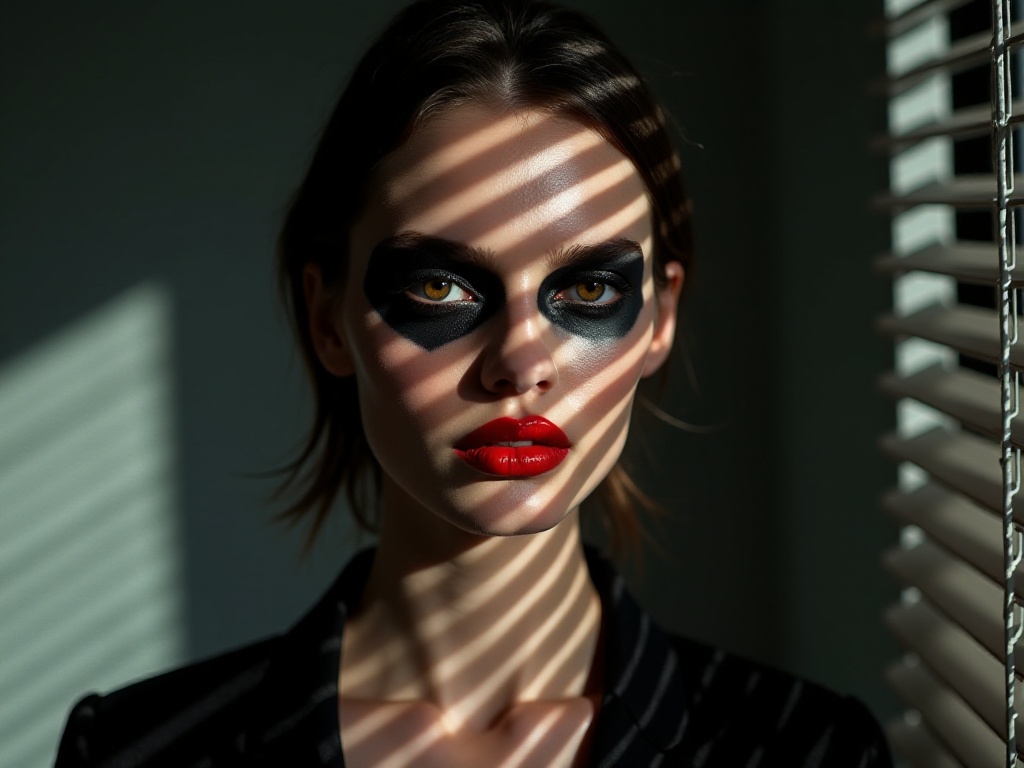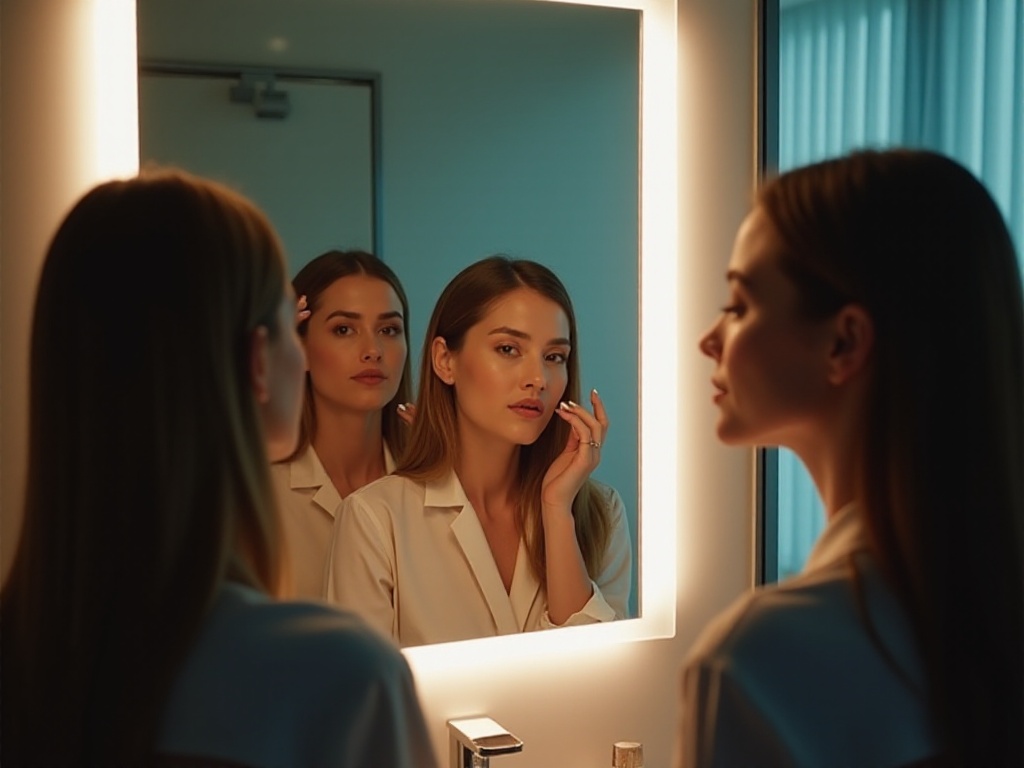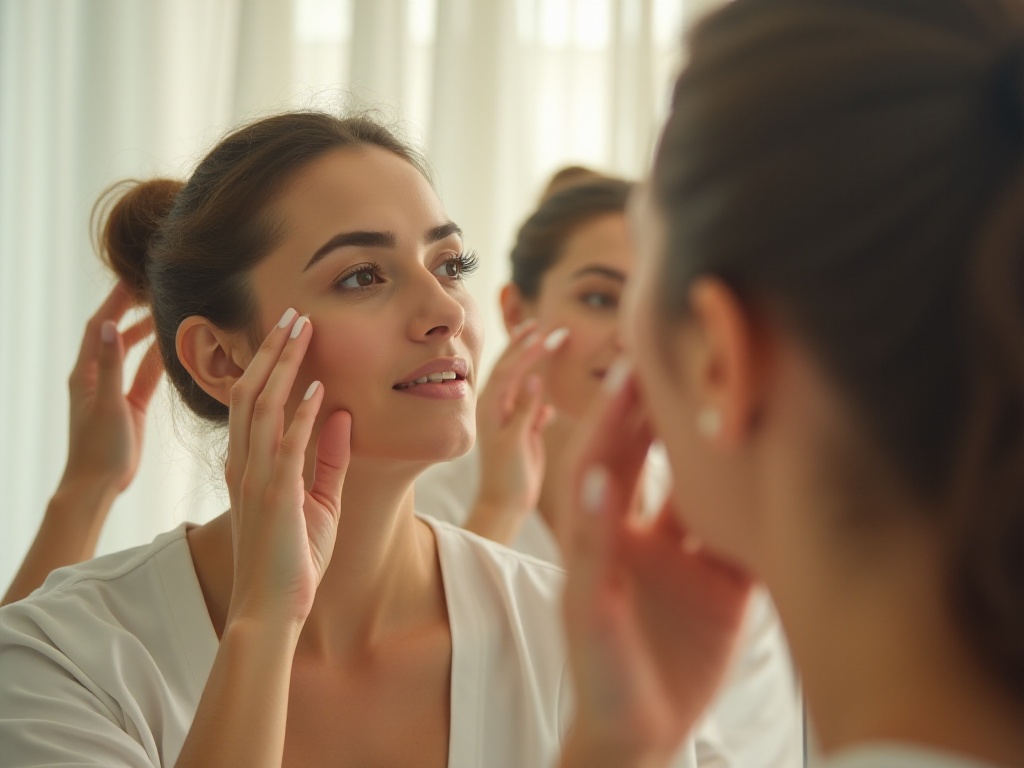Why Learn This
As a seasoned beauty expert with years of experience, today I want to share with you the topic of natural office makeup. When it comes to office makeup, many people encounter various frustrations. For example, spending a long time doing makeup in the morning only to have it fade by afternoon, or feeling beautiful after applying makeup but having colleagues say it looks too heavy or dramatic. These are common problems we face in the workplace.
I remember when I first started working, I would wake up an hour early every day to do my makeup, worried that it wouldn't look polished enough. But often by noon, I'd look in the mirror to find my nose getting oily and foundation becoming patchy. After continuous experimentation and learning, I finally found the office makeup that works for me. Today, I'll share all the experience I've accumulated over the years, teaching you how to create natural and long-lasting office makeup.
Product Selection
When it comes to office makeup, product selection is absolutely crucial. Expensive doesn't necessarily mean better - the key is choosing what works for you. When I first started working, seeing my colleagues using high-end foundation made me think I needed to use the same products. But because they didn't suit my skin type, I ended up looking overly shiny, which was very embarrassing. Later I realized that choosing base makeup products should be based on your actual needs and skin type.
When selecting foundation, the most important factors are texture and coverage level. Office makeup should look natural and smooth, so I particularly recommend choosing lightweight, breathable foundations. Many products on the market advertise an "airlight feel," but in practice, many feel heavy. I suggest choosing foundations with moisturizing properties, which not only make makeup look more smooth but also prevent makeup from flaking due to dry skin.
For those with dry skin, you can choose more moisturizing foundations to avoid flaking and fine lines. For those with oily skin, you can opt for matte oil-control formulas to effectively control shine. For combination skin, I suggest having two different foundations to use on different areas.
Besides foundation, concealer selection is also important. Many people think office makeup means covering all imperfections, but this is incorrect. Moderate concealing is key - over-concealing looks artificial. I recommend choosing lightweight concealers and focusing on covering dark circles and blemishes.
Setting products are also important. Choose finely-milled, smooth powders, preferably with oil-control properties. Setting sprays should have formulas that won't disrupt foundation - some sprays can cause foundation to flake or clump, which actually affects makeup longevity.
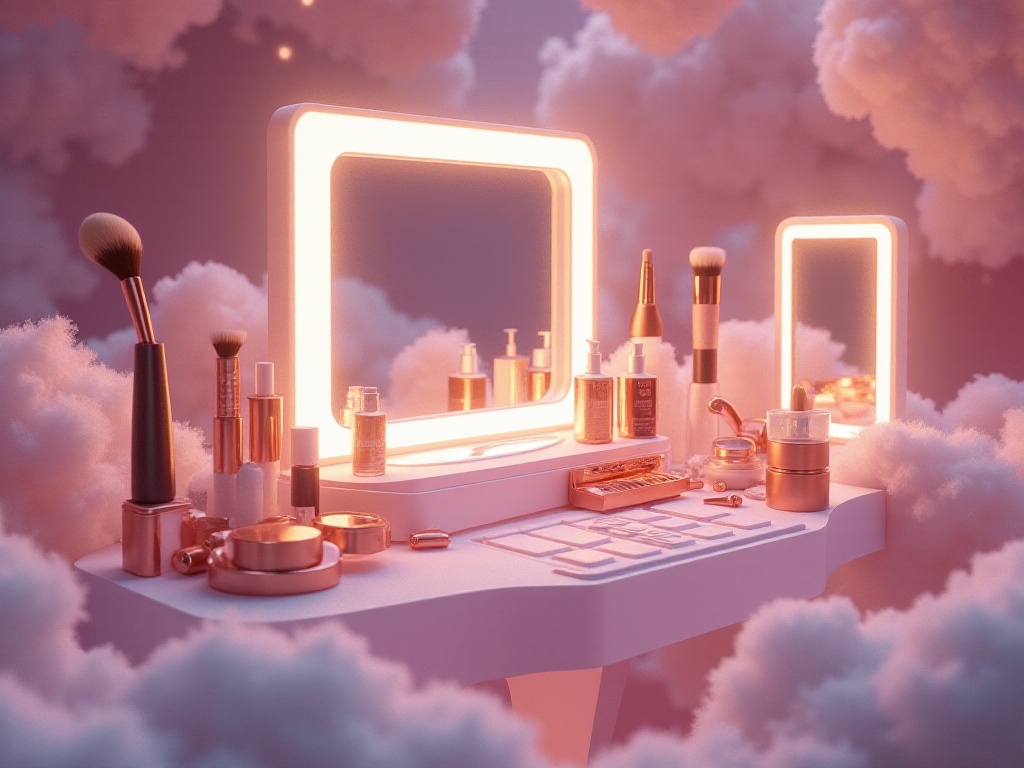
Base Makeup Techniques
To create perfect base makeup, skincare comes first. Many people think foundation doesn't look smooth because of the product, but more often it's because of inadequate skincare. Before applying makeup, proper skincare is essential. Use gentle cleansers that don't irritate, toners suitable for your skin type, and serums and moisturizers appropriate for your skin type and season.
Sunscreen is particularly important for office makeup. Many people think indoor work doesn't require sunscreen, but this is incorrect. Even in the office, you're exposed to fluorescent lights and computer screen blue light. So choose a sunscreen suitable for indoor use, preferably with some primer effect.
When applying foundation, I especially recommend using a beauty sponge. Many people are used to using hands or brushes, but beauty sponges are actually the best choice. They not only help foundation adhere more evenly to skin but also avoid brush streaks. When using a beauty sponge, remember to use patting motions rather than wiping - this makes foundation look more smooth and natural.
If you feel applying too much foundation at once looks heavy, try the thin-layer method. First apply a very small amount of foundation evenly, wait for it to slightly dry, then apply a second layer - this creates a more natural, smooth finish.
When setting makeup, don't rush to apply powder directly - first gently blot face with tissue to absorb excess oil. Then set with powder to avoid caking caused by excess oil.

Eye Makeup Focus
Office eye makeup should be clean and sharp, but this doesn't mean completely bare. Appropriate eye makeup can make you look more alert and energetic. I recommend choosing natural earth-tone eyeshadows like beige, light brown, and dark brown. You can use beige as a base, blend light brown in the crease, and add a bit of dark brown at the outer corner - this makes eyes look more defined without being too dramatic.
When applying eyeliner, many people habitually use black liquid liner, but this can look harsh. I suggest choosing dark brown eyeliner pencils for a softer, more natural look. If you find your hand isn't steady enough, try sketching a light outline with an eyeshadow pencil first, then trace with liquid liner - this makes it easier to control.
Mascara choice is also important. Office makeup isn't suitable for dramatic false lash effects - choose mascaras that focus on natural lengthening. When applying mascara, curl lashes first, then apply from the root up for a more natural look.
For eyebrows, I recommend using angled brow pencils for better control. Draw following the natural direction of brow growth, avoiding making them too thick or dark. First outline with brow pencil, then fill with powder, and finally set with brow mascara for a natural look.
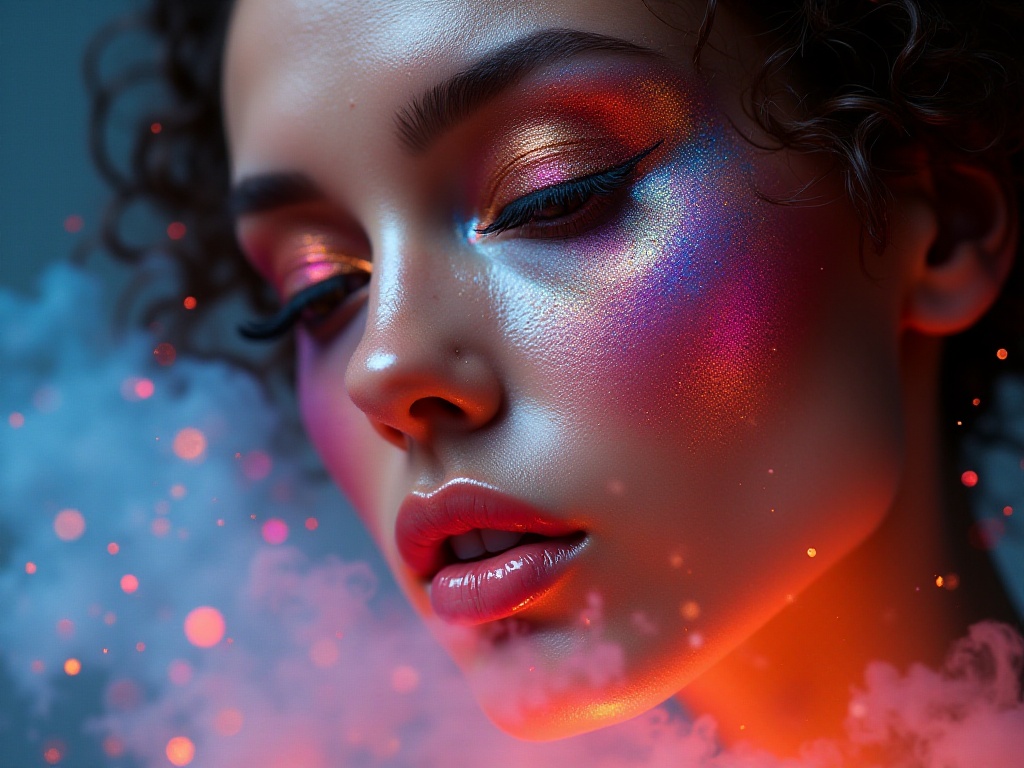
Lip Color Coordination
Natural nude colors are most suitable for office lip makeup, but note that different skin tones suit different nude shades. For fair skin like mine, pink-toned nudes work well; yellow-toned skin looks better with orange-toned nudes. Deeper skin tones can choose nudes with slight red undertones for a healthier look.
When choosing lipstick texture, I recommend products with moderate moisture. Too dry shows lip lines, too moisturizing lacks staying power. Choose lipsticks with moderate matte finish for both comfort and longevity.
When applying lipstick, outline with lip liner first for better staying power. If direct application feels too heavy, try patting with fingers for a more natural look.
Longevity Tips
Setting makeup is crucial for all-day wear. Many think setting just means applying powder, but this isn't enough. I recommend multi-layer setting - first with powder, then with setting spray to lock everything in.
When using setting spray, maintain 20-25cm distance. Spray evenly, avoiding concentration in one area. Gently fan dry to avoid disturbing makeup.
Besides setting products, prepare touch-up tools. Carry oil blotting papers and powder compact for touch-ups when needed. When using blotting papers, pat gently rather than rubbing to avoid disturbing foundation.
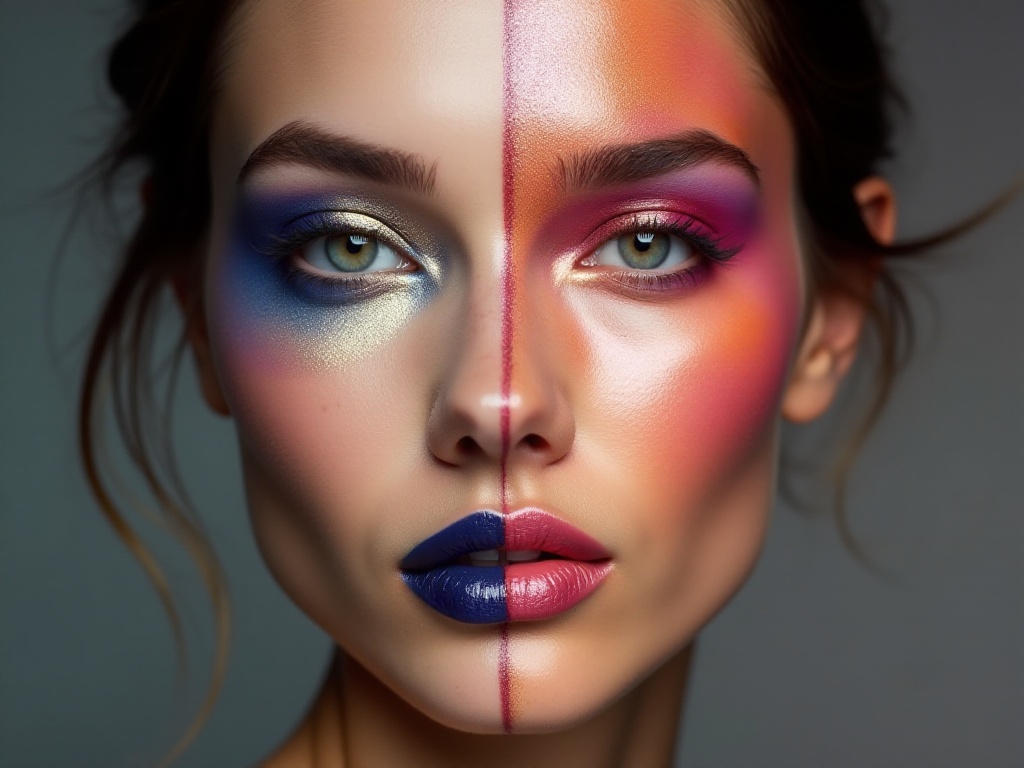
Real Case Studies
I remember once a follower asked for help because her makeup would fade by noon at work. She used high-end products but couldn't control shine, and her foundation would flake by afternoon. Through discussion, we discovered her base makeup routine was the issue.
She previously applied foundation directly after washing face, then set with powder. I suggested adjusting her product order: hydrating toner first, then light moisturizer, primer, and finally foundation and setting powder. I also suggested applying more powder in the T-zone for better oil control.
The results were excellent - her makeup now lasts all day without afternoon fading. This case shows that makeup longevity issues aren't always about products, but about application methods and steps.
Another time, an intern sought advice about office makeup. She wore heavy makeup to work but felt unprofessional. After seeing her makeup photos, I found she was over-focusing on perfect coverage and dramatic eye makeup.
I suggested reducing foundation coverage to let some natural skin texture show through. For eyes, we replaced sparkly shadows with matte earth tones and changed dramatic winged liner to subtle tightlining. The revised makeup immediately looked more professional and appropriate, earning praise from her supervisor.
Common Misconceptions
There are many misconceptions about office makeup. Many think it means wearing very light makeup, almost bare-faced. This is a big misconception. Office makeup is about looking polished yet natural, not bare-faced. Appropriate contouring and blush are essential for dimension and healthy color.
Another common misconception is thinking office makeup means covering all imperfections. Over-concealing looks artificial and unnatural. Moderate concealing is correct - cover obvious imperfections while letting some natural skin texture show.
Many also think office makeup can't include any shimmer products - another misconception. Moderate use of pearl finish products is fine - it's about balance. Adding slight shimmer to outer eye corners or bridge of nose can create refined dimension.
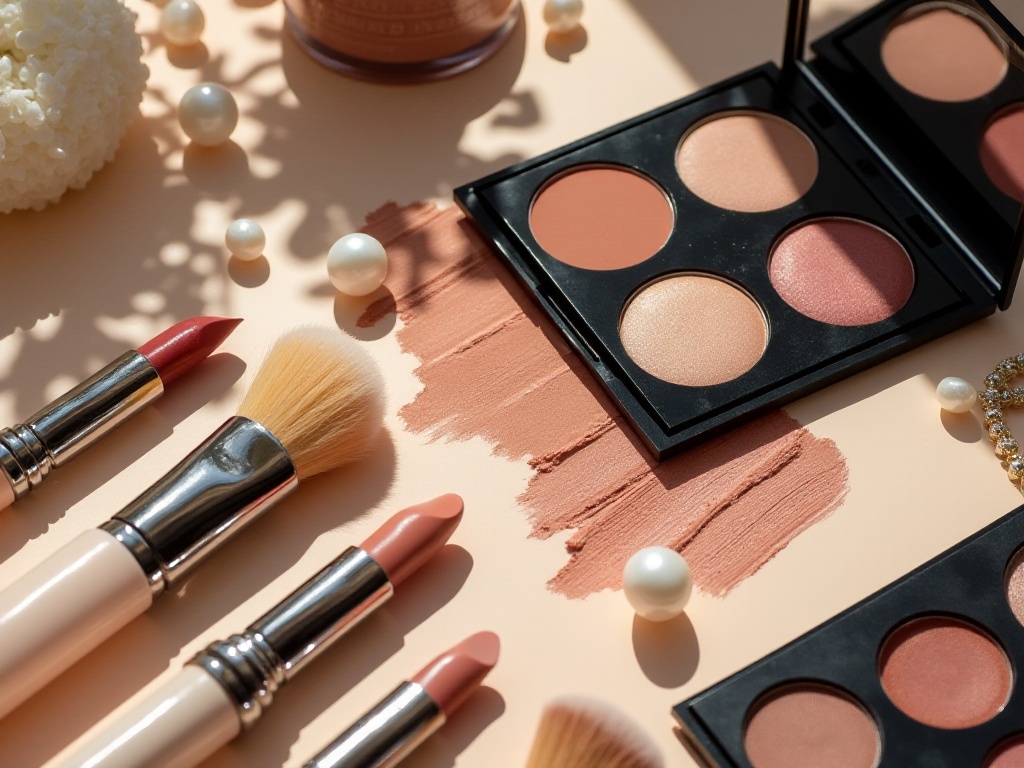
Advanced Tips
If you've mastered basic office makeup and want to advance further, here are some tips. First, advanced base makeup techniques: try mixing different foundations, using matte formula in T-zone and hydrating formula on cheeks for better skin matching.
For eye makeup, try layering different eyeshadow textures. Use matte shadows as base, add slight shimmer at outer corners for refined dimension. For eyeliner, try eyeshadow base before pencil for more natural definition.
Blush application can be advanced too. Try layering different textures - powder blush first, then cream blush for natural, lasting color. Placement is important - adjust based on face shape for contour effect.
Highlighter placement can be advanced. Besides traditional nose bridge and apple placement, try subtle highlighting under brow bone and cupid's bow for dimension. But remember to control amount - keep it subtle.
Final Thoughts
After years of experimentation and practice, I deeply understand that perfect office makeup isn't about expensive products or complex techniques, but understanding what suits you. Everyone's face shape, skin type, and features are different - finding suitable products and techniques is most important.
Makeup is a skill requiring constant practice and exploration - don't give up after one failure. Record your daily makeup condition, note areas for improvement and techniques that work well. Through continuous adjustment and summary, you'll find your perfect office makeup.
Remember, office makeup's core is looking energetic and professional. Don't chase trends or dramatic effects - find makeup that shows your best self. Makeup's ultimate goal is boosting confidence and presenting your best professional image.
What do you find most challenging about office makeup? Share your thoughts in comments. Next time we'll explore more practical beauty tips - don't forget to follow me.





